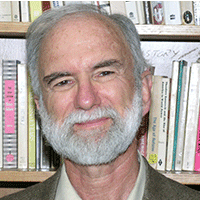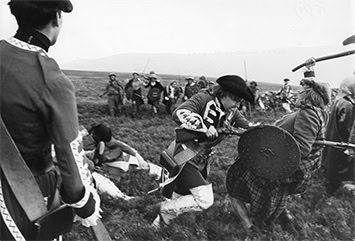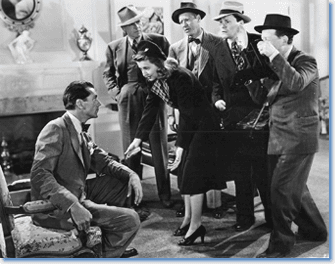Under the rubric “Masters at the Movies,” this column features a variety of articles about film crafted by some of the most accomplished teachers and scholars in the profession. Most of the authors are familiar to AHA members principally in connection with their outstanding general contributions to scholarship rather than because of their specific work on film. Our readers rarely encounter these authors’ observations about movies and television programs. The “Masters” series invites these historians to consider how cinema can present exciting opportunities and challenges for interpreting the past.
In this issue Michael Kammen recommends a film that takes an unusual approach to the study of the Holocaust. His selection of Paper Clips (2004) will surprise some of our readers. When conjuring up thoughts about useful movies for engaging students in a cinematic examination of the tragedy that affected six million Jews, historians are likely to identify several other movies rather than Paper Clips. Alain Resnais’s Night and Fog (1955), which features scenes from the concentration camps drawn from movie footage and stills, has been widely selected for presentation in the classroom. Some instructors have screened segments from Claude Lanzmann’s multipart film, Shoah (1985). Lanzmann’s documentary combines testimony from survivors, witnesses, and perpetrators. There are, of course, many feature films available that dramatize aspects of the Holocaust. One of the most engaging is Schindler’s List (1993). Steven Spielberg’s movie depicts the transformation of a selfish German businessman into a Good Samaritan who helped to save the lives of many Jews. A more recent entry is Roman Polanski’s The Pianist (2002), which is based on the autobiography of Wladyslaw Szpilmann, an acclaimed Polish composer and pianist. While these and other movies are valuable, Kammen points out that Paper Clips offers especially rich possibilities for encouraging students to connect their ideas and emotions to the meaning of the Holocaust.
Michael Kammen is Newton C. Farr Professor of History, Emeritus, at Cornell University. Early in his career, Kammen was a specialist in American colonial history, but he later branched out and wrote imaginatively on diverse topics related to cultural, intellectual, social, and legal history, including themes from 19th- and 20th-century history. Among his numerous books are People of Paradox: An Inquiry Concerning the Origins of American Civilization (1973), which won the Pulitzer Prize, and A Machine That Would Go Of Itself (1986), a winner of the Francis Parkman Prize and the Henry Adams Prize. Recently Michael Kammen published A Time for Every Purpose: The Four Seasons in American Culture (2006) and “The Past Politicized: Uses and Misuses of History,” in The Annals of the American Academy of Political and Social Science, vol. 617 (May 2008).



